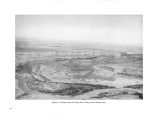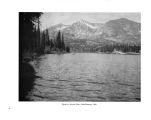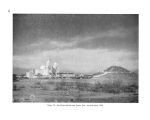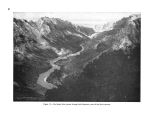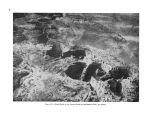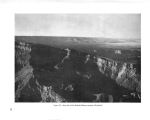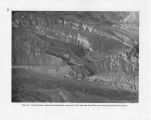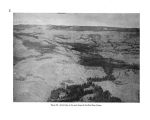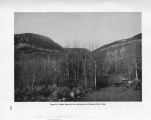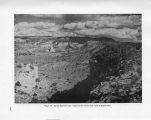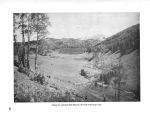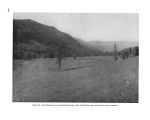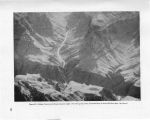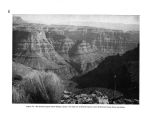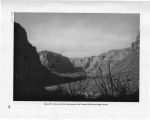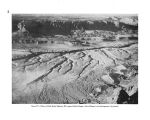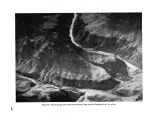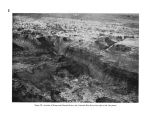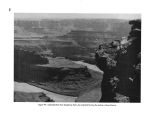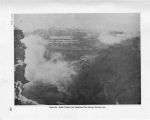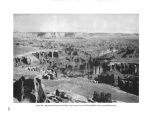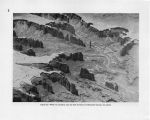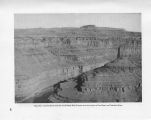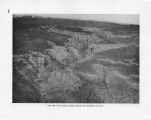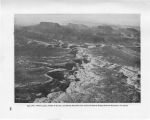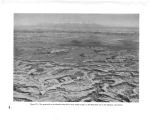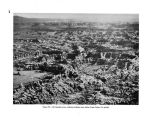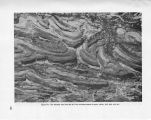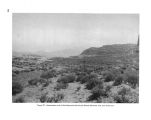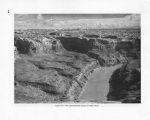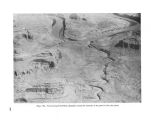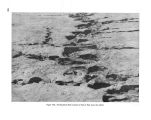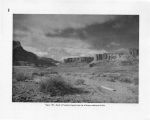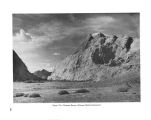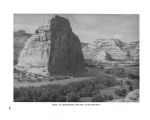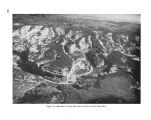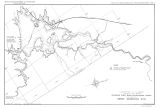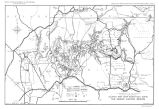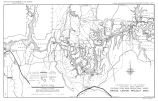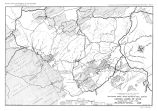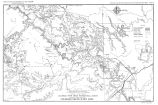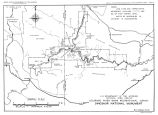| OCR Text |
Show although prior to 1912 their range in the State had been considerably greater. 75 The progress in restoration outlined here is incomplete, but it is typical of the brighter side of the picture. A start has been made in the right direction, but we still have a long way to go. Waterfowl, for example, have recovered miraculously in the last few years, due in part to a lessening of hunting pressure as a result of war conditions. But events of the next few years will show whether the administrators and sportsmen are able to perpetuate this " miracle." The army of hunters is sure to increase with a resultant increase in the pressure that will be exerted against all wildlife. The ability of nature to meet the demand will depend in no small part upon the wisdom and reason that is exhibited by all those who regulate for and participate in sports afield. 76 In spite of game laws, game refuges, restocking, soil conservation activity on many farms, an increasing knowledge of range management, and a start in the field of public education, nevertheless, . . . wildlife habitat in fertile regions is being destroyed faster than it is being rebuilt ... A general disorganization of the wildlife community seems to be taking place ( and) private initiative in wildlife management has grown very slowly. 77 The Forest Service and now the Grazing Service have improved the management of ranges that have been eaten into the ground during the years of free range and destructive competition . . . ( but) though the principles of good range management are widely accepted among stock raisers, the application of these principles is still far from universal. . . . Even on national forests and grazing districts the conservation of range resources is often below standards set by administrative officers. 78 Examples of this difference between theoretical standards and actual practice can be found on the range land of any township picked at random in the Colorado River Basin. Such an example is furnished by Elk Ridge in southeastern Utah. In many 75 Bailey, 1931, p. 11. 76 Fish and Wildlife Service, 1945, p. 1. 77 Leopold, 1945, p. 165. 78Presnall, 1945, p. 225. places there is no grass left, merely trees, brush, and between them bare earth. When it rains, this bare earth turns to mud and washes down the slopes or is further trampled by the wandering bands of cattle so that seedlings cannot get a start. On some open flats that once were meadows, only thistles and other inedible weeds now can grow, and these flats are becoming gullied by run- off waters formerly held in place by grass sod. Some of the gullies are still small and could be checked if an effort were made soon to save this once beautiful mountain meadowland. Other gullies, like the one in nearby Dark Canyon, have become canyons large enough to swallow a house as a result of the overgrazing. 79 They have drained the surface waters from adjacent meadow levels so that only weeds and dry- soil shrubs now can exist where once there was lush grass. Another 20 years will see the meadows of Elk Ridge transformed into gullied barren lands unless the grazing is placed upon a sustained yield basis. Erosion of this type on the recreational lands of the country is glaringly obvious to persons trained to observe it, but to the average fisherman and camper, realization of the destruction is more likely to come 50 years too late. Complacency over progress in plant and animal restoration is unwarranted so long as the wildlife winter range areas are in their present condition. Even though deer and elk have been forced by civilization to move into the mountains, it has been physically impossible for all of them to remain at the higher levels all winter. Although they no longer come so far into the valleys as in the early days, they usually move from the areas of deep snow down into the lower foothills in winter. In the Colorado River Basin and elsewhere in the West, winter range is almost everywhere the area of limited forage for game. The problem is further aggravated by the fact that the heavily used winter range of wildlife often is the same area that livestock men use most heavily in the spring. Spring range for livestock often is abused more than any other seasonal range because the stockmen are anxious to take their herds away from the home ranch where winter pasture often is short and hay feeding a large expense. As a result of this haste to leave the winter feed grounds, the livestock all too often are put on the spring range while the soil ™ » Woods, 1944, p. 885. 74 |




























